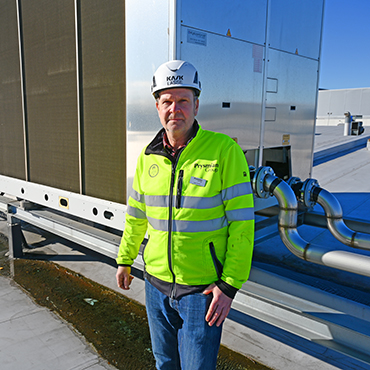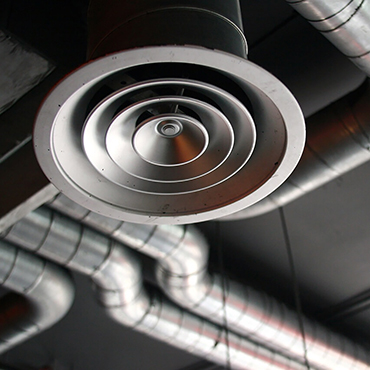OVERVIEW
High energy processes
Cable manufacturing include many different processes that are high energy consuming in order to dry, cool or clean materials at different stages.
Therefore, factories focus on how to reduce the energy consumption for these processes via natural resources, closed loops, regular maintenance or investments in new technology and physical assets.
Annual sustainability audits at factories help to point out areas for improvement and keep a continued focus on lowering the carbon-footprint from these processes.





